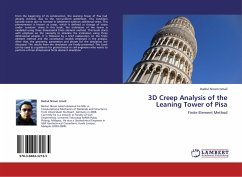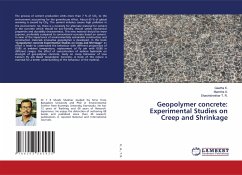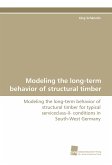From the beginning of its construction, the Leaning Tower of Pisa had already inclined, due to the non-uniform settlement. This condition became worse due to increase in settlement without additional stress. This phenomenon is known as creep, which is defined as change of strain under constant stress. In this book, the inclination of the tower is modelled using three dimensional finite element method. This book starts with emphasis on the necessity to simulate the inclination using three dimensional analysis. It is followed by a brief explanation on the finite element method and the constitutive models employed in the analysis. After that, the geometry, parameters and phases for the simulation are discussed. The results from the simulation are finally presented. This book can be used as a guidance for geotechnical or civil engineers who wants to perform a three dimensional finite element simulation.
Bitte wählen Sie Ihr Anliegen aus.
Rechnungen
Retourenschein anfordern
Bestellstatus
Storno








